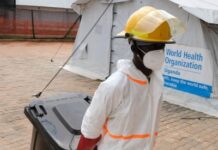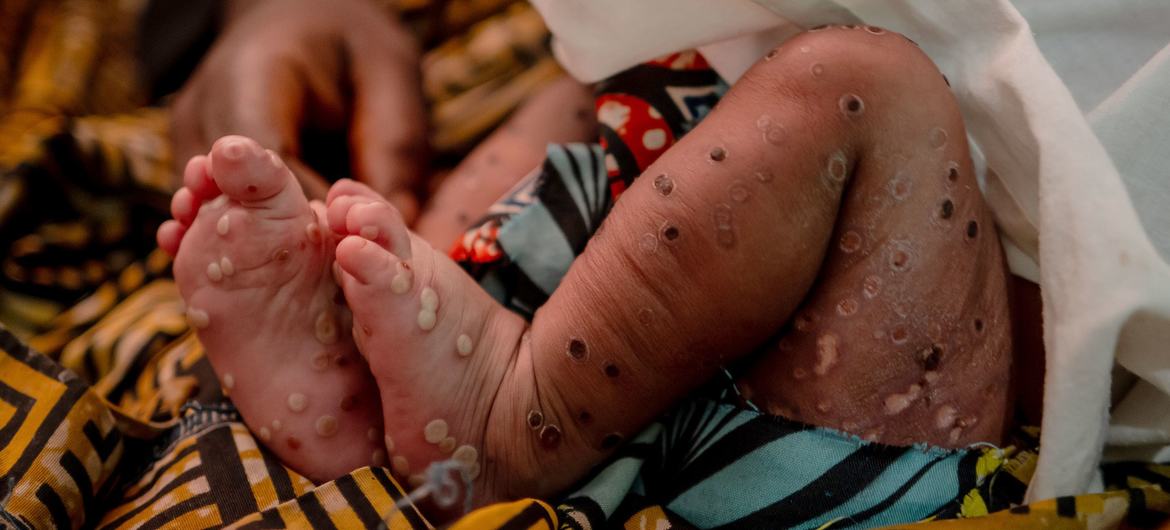Despite security challenges, UN agencies and peacekeepers have pledged to stay and deliver amid rising deaths and injuries alongside an alarming spread of highly contagious mpox and other endemic diseases as the rainy season intensifies.
Residents of Bunia, DRC, protesting the capture by the M23 rebel group of Goma in 2012. (file)
Addressing the roots of the crises
The clashes in the east date back to the 1994 genocide against the Tutsis in neighbouring Rwanda. The sporadic fighting has been deadly and vicious, as shown in the Congolese military court’s landmark case against armed group leader Sheka, which was instrumental in recognising rape as a war crime.
Watch our award-winning documentary on bringing a war criminal to justice here.
The crisis remains partly rooted in the rare mineral deposits dotting the border areas of DRC and Rwanda. DRC’s vast deposits of precious metals, gems and rare minerals include gold and diamonds along with key components used in making mobile phones and other electronic devices.
Coltan, tin, tantalum, tungsten and others are known as conflict minerals, which are mined and sold by armed groups to finance their militias.





























